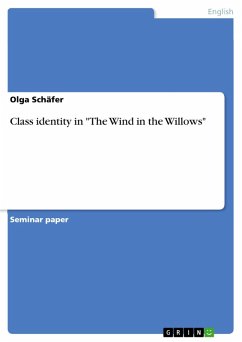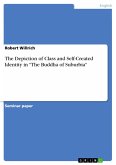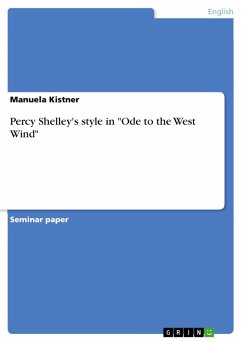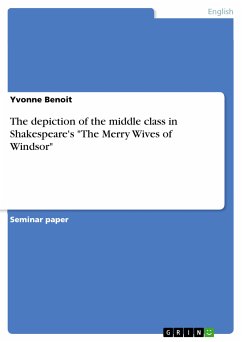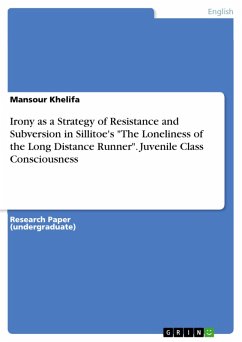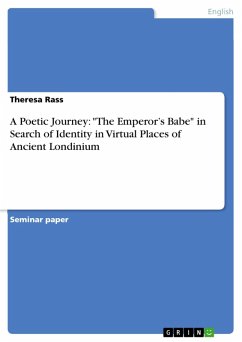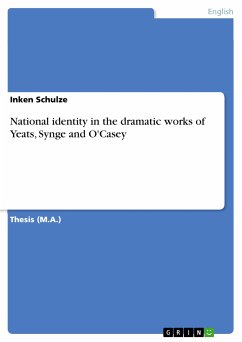Seminar paper from the year 2014 in the subject English Language and Literature Studies - Literature, grade: 2,0, LMU Munich, language: English, abstract: Having been published in 1908, a time of social unrest, anarchy and revolution in England (Carpenter 1985, 165), The Wind in the Willows is now over one hundred years old and has become a canonical and popular work of literature, beloved by adults and children alike. The plot of the novel is based on two interlocked narratives: the Bildungsroman of Mole, who is initiated into the well-established, domestic society of the River-Bankers and the story of the adventurous, over-excessive, nouveau-riche Toad who is brought to reason by his friends in the end. The values of the dusty highway and the wide world are contrasted with the warmth of the homely riverbank so that preferences among the audience are inclined to emerge. Mendelson (1988, 127) declares that adults tend to prefer the coziness of the riverbank and the fellowship between Mole, Rat and Badger and that children on the other hand love the adventures of Toad. In contrast to the reality in Britain at the time of the novel's publishing, the world of the River-Bankers is an idyllic bachelors' Arcadia free of sorrows, death and sex. It represents an insulated society that is protected from the Wide World and has its own unquestioned hierarchical social arrangements. However, as Carpenter states it, "there is little evidence that Grahame took [this] kind of interest in current social events", even though Peter Green (in his biography of Kenneth Grahame) argues that the story has "an unmistakable social symbolism" (Carpenter, 165). He is inclined to see it as accidental coloring acquired because of the time the novel was written in rather than the author's specific purpose. As it is a very complex piece of literature, many different readings as well as interpretations exist, not only with regard to underlying second meanings.
Dieser Download kann aus rechtlichen Gründen nur mit Rechnungsadresse in A, B, BG, CY, CZ, D, DK, EW, E, FIN, F, GR, HR, H, IRL, I, LT, L, LR, M, NL, PL, P, R, S, SLO, SK ausgeliefert werden.

